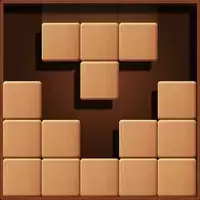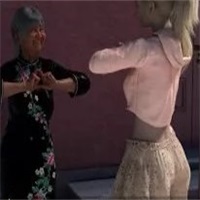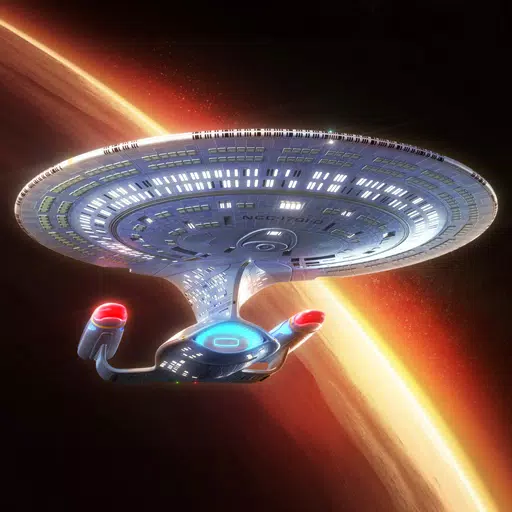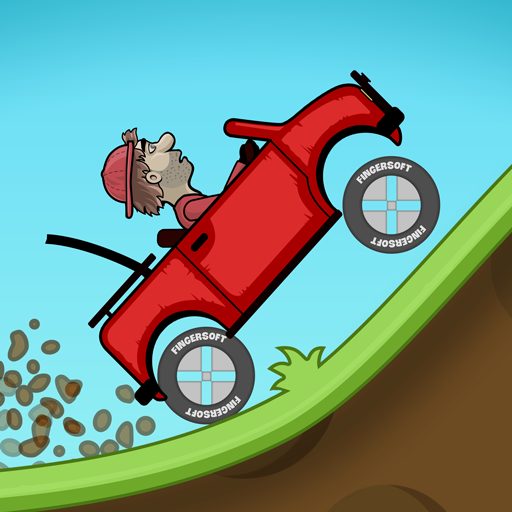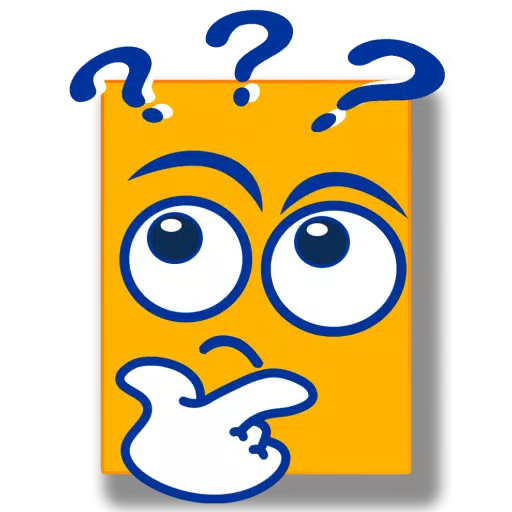Dang. $80 for *Mario Kart World*, huh?
Today’s Nintendo Direct delivered a ton of long-awaited details about the Nintendo Switch 2—including its release date, launch lineup, and most notably, pricing. From the console itself to games and accessories, Nintendo laid out the costs in full—and it’s fair to say that some of these numbers raised eyebrows. It’s probably a good thing the rest of the presentation was so exciting, because Nintendo definitely has some explaining to do when it comes to value.
Nintendo Switch 2 Pricing Breakdown
- Nintendo Switch 2 (console only): $449.99 USD
- Nintendo Switch 2 + *Mario Kart World* bundle: $499.99 USD
- *Mario Kart World*: $79.99 USD
- *Donkey Kong Bananza*: $69.99 USD
- Nintendo Switch 2 Pro Controller: $79.99 USD
- Nintendo Switch 2 Camera: $49.99 USD
- Joy-Con 2 Controller pair: $89.99 USD
- Joy-Con 2 Charging Grip: $34.99 USD
- Joy-Con 2 Strap: $12.99 USD
- Joy-Con 2 Wheel pair: $19.99 USD
- Nintendo Switch 2 Dock Set: $109.99 USD
- Nintendo Switch 2 Carrying Case and Screen Protector: $34.99 USD
- Nintendo Switch 2 All-In-One Carrying Case: $79.99 USD
- Nintendo Switch 2 AC Adapter: $29.99 USD
That’s a hefty investment just to get started with the new system—even if you’re only planning to buy the console, one or two games, and maybe an extra controller. The standout here is clearly the console price. At $450, it’s slightly higher than many analysts had predicted earlier this year, though not by a huge margin. Most had estimated around $400, but acknowledged that rising manufacturing costs and economic uncertainty could push the final number up.
AnswerSee Results
But what really caught everyone off guard was the price of *Mario Kart World*. At $80, it’s the most expensive a standard AAA game has ever been from Nintendo—without being a deluxe edition or anything like that. That’s a big jump from the usual $60–$70 range we’ve seen in recent years. Sure, you can save $30 by buying it bundled with the console, but even then, Nintendo is clearly testing how much fans are willing to pay.
Why So Much? Understanding the Nintendo Switch 2 and Mario Kart World Price Hike
To understand why Nintendo priced the hardware and software the way it did, I reached out to several industry experts and analysts who closely follow gaming trends. Here's what they had to say:
Why Is the Nintendo Switch 2 Priced at $450?
While most analysts expected something closer to $400, none were entirely surprised by the final number. According to Joost van Dreunen, NYU Stern professor and author of SuperJoost Playlist, the $449.99 price point reflects a careful balancing act between rising manufacturing costs and potential trade tariffs. “Nintendo appears to be building in a buffer against these potential trade barriers while ensuring they maintain their traditional positive margin on hardware,” he explained.
Piers Harding-Rolls of Ampere Analysis agreed, pointing out that the OLED model already retailed at $350, so $450 isn’t unreasonable. He also speculated that Nintendo may have delayed announcing the final price due to ongoing uncertainty over U.S. import tariffs under the Trump administration.
Dr. Serkan Toto, CEO of Kantan Games, added another layer to the conversation, citing Sony’s pricing strategy with the PlayStation 5 Pro as a possible influence. “Nintendo probably factored in possible tariffs, the current inflationary climate in the world and the US $700 Sony dared to charge for the PlayStation 5 Pro last year.”
James McWhirter from Omdia offered a fascinating insight into regional pricing differences. In Japan, Nintendo is offering two versions of the Switch 2: a cheaper Japanese-only model at ¥49,980 (~$333) and a multi-language version at ¥69,980 (~$466). This dual-pricing strategy helps Nintendo avoid issues with grey imports while keeping the system affordable in its key domestic market.
Why Is *Mario Kart World* $80?
When it comes to *Mario Kart World*, Nintendo seems to be using its biggest franchise as a test case for how high it can push prices without alienating fans. Mat Piscatella of Circana believes this pricing is partly future-proofing. “This is purely my own speculation, but this pricing is most easily explained by trying to be conservative given the current chaotic market conditions.”
McWhirter echoed this sentiment, suggesting that Nintendo is taking advantage of shifting industry norms. “Nintendo knows if any game can succeed at that price, it’s Mario Kart. If it doesn’t work out, it can always drop the price later through subscriptions or digital sales.”
Van Dreunen added that Nintendo may be skipping straight to higher pricing instead of gradually increasing it like other publishers. “The timing aligns with the broader industry’s gradual price increases for premium content. Nintendo may be leapfrogging this intermediate step, calculating that the massive built-in audience for Mario Kart will tolerate a higher price point.”
Harding-Rolls noted that Nintendo has historically priced games higher when launching them later on other platforms. “Some of that is related to cost of goods, but Nintendo also likes to follow its own approach and price based on its own appreciation of value.”
Rhys Elliott of Alinea Analytics pointed out that the digital pricing gap is likely meant to nudge players toward digital purchases. “Nintendo does not gain revenues from physical renting and resales. A digital-only market means more revenue and price control for Nintendo.”
Toto put it simply: “Tariffs could play a role, but I think it is much simpler: Nintendo is charging this price because they feel they can and that people will pay.”
Will These Prices Affect Sales?
Despite the sticker shock, most analysts agree that initial demand won’t be affected. “Sales to higher-income or more affluent households likely won’t be impacted by this pricing,” said Piscatella. “And, of course, we have the price-insensitive super enthusiasts that will do and pay whatever it takes to acquire the Switch 2 at launch.”
McWhirter projected that the Nintendo


